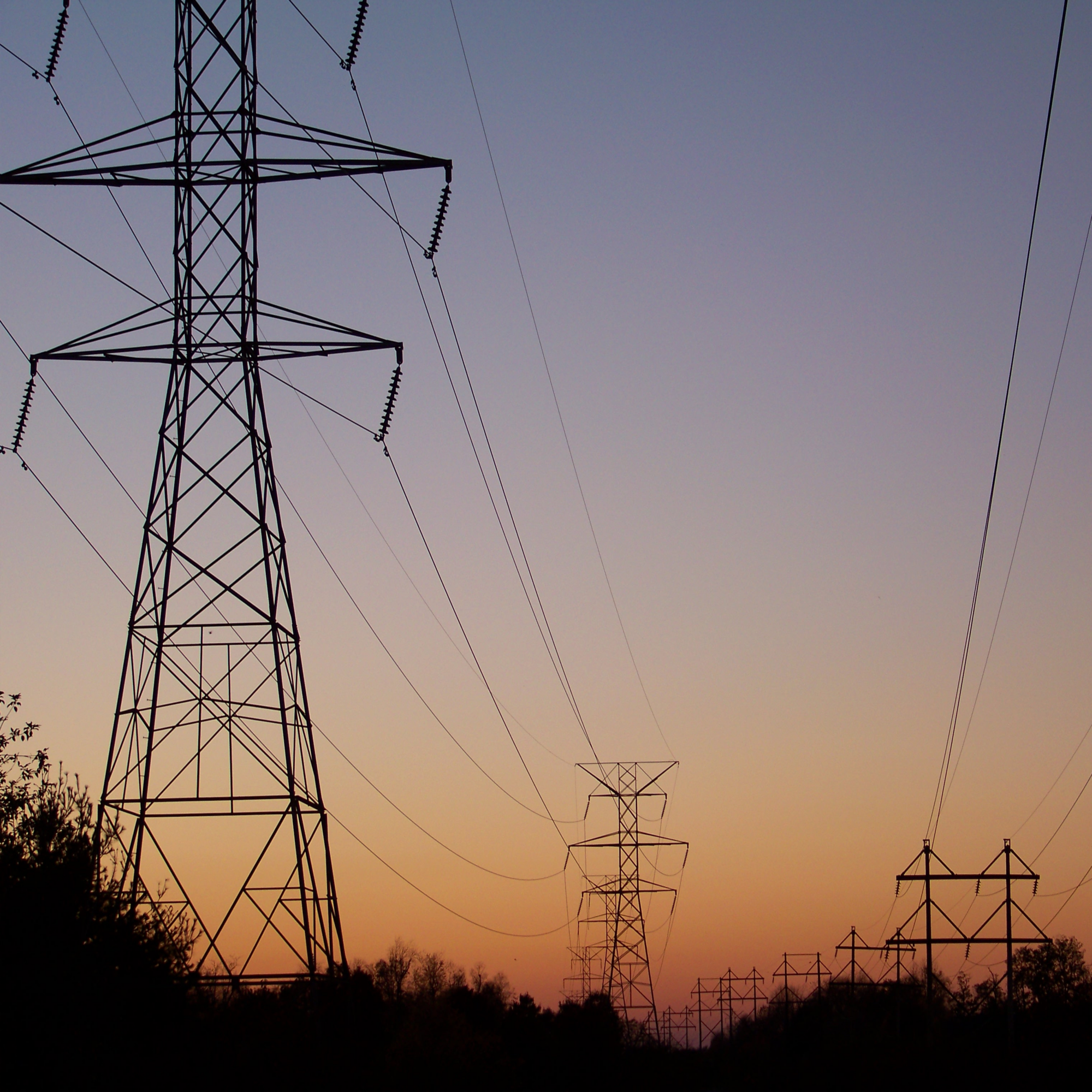Powering Economic Development in Communities Nationwide

For nearly a century, electric cooperatives have been essential to the economic vitality and overall quality of life in communities nationwide. America’s electric cooperatives made modern living in rural America possible. In the early 1930’s nearly 90% of American farms lacked electricity – thanks to cooperatives – by the early 1950’s more than 90% of America’s farms enjoyed the benefits of co-op provided power. Today, electric cooperatives power over 21.5 million businesses, homes, schools and farms in 48 states.
Electric cooperatives are now repeating history by delivering affordable, reliable broadband service – deemed a “modern-day necessity” by the Federal Communications Commission. This new service is creating new ways to live, learn and earn in sparsely populated areas. Today, co-ops deliver broadband service to 675,000 homes and constitute the fastest growing group of broadband providers infusing new economic opportunities to America’s rural communities.
Simply put, electric cooperatives continue to have a significant impact on the nation’s economy. According to a new economic study, they contributed $554 billion to U.S. gross domestic product between 2018 and 2022 for an average of $111 billion annually
For the same five-year period, electric cooperatives generated an average of nearly 623,000 jobs annually for Americans nationwide providing $51 billion in pay and benefits. By comparison, FedEx, the nation’s fifth largest private employer, directly employs 547,000 workers worldwide.
Since electric cooperatives serve 92% of the nation’s “persistent poverty counties,” the co-op contribution to local economies is particularly critical. Between 2018 and 2022, electric co-ops collectively returned $7 billion to their members, further benefitting the communities they serve.
Much of the economic impact can be traced to investments electric cooperatives made in the nation’s infrastructure. Between 2018 and 2022, these investments totaled nearly $409 billion nationwide, including $75 billion on capital expenses, $304 billion in operational costs and $24 billion toward maintenance activities.
These investments are also being used to enhance the reliability of the grid, hasten energy innovation and the deployment of renewable energy. Electric cooperatives own more than 1.6 GW of renewable capacity and have long-term power purchase agreements for another 9.8 GW. Using federal funding from the Inflation Reduction Act, as well as two sustainability bonds totaling $800 million issued by CFC since 2020, electric cooperatives are poised to expanding their efforts to responsibly meet tomorrow’s energy needs.
Between 2018 and 2022, electric cooperatives injected a staggering $19.6 billion into Minnesota’s economy, fortifying the state’s financial landscape and supporting an average of 20,800 jobs each year. The study’s findings underscore the indispensable role electric cooperatives play in our state’s economic vitality. They are proud to power our communities, provide meaningful careers and give back to our neighborhoods. As consumer-owned non-profits, their focus is on helping bring a brighter, more prosperous future to the places we call home.
The economic benefits of electric cooperatives underscore the ingenuity of the cooperative model – consumer-owned, community-focused non-profit organizations working to power and empower communities across the nation.
